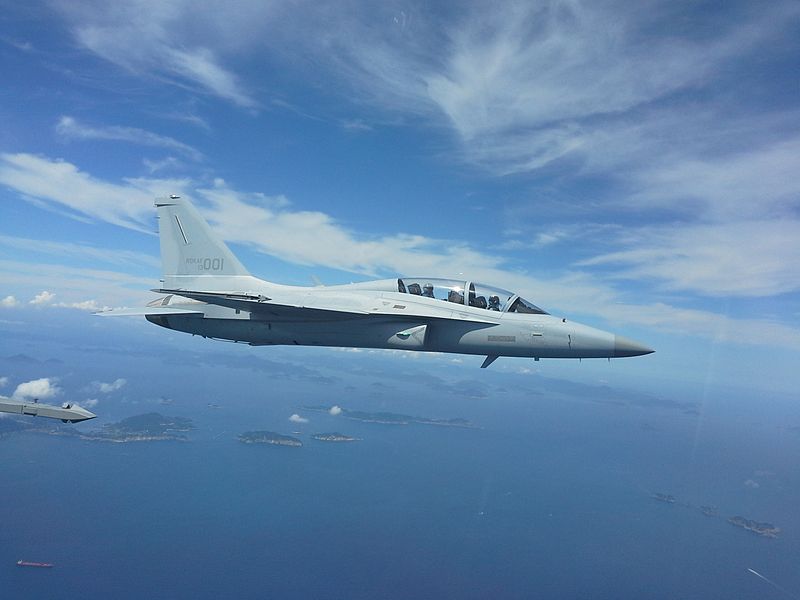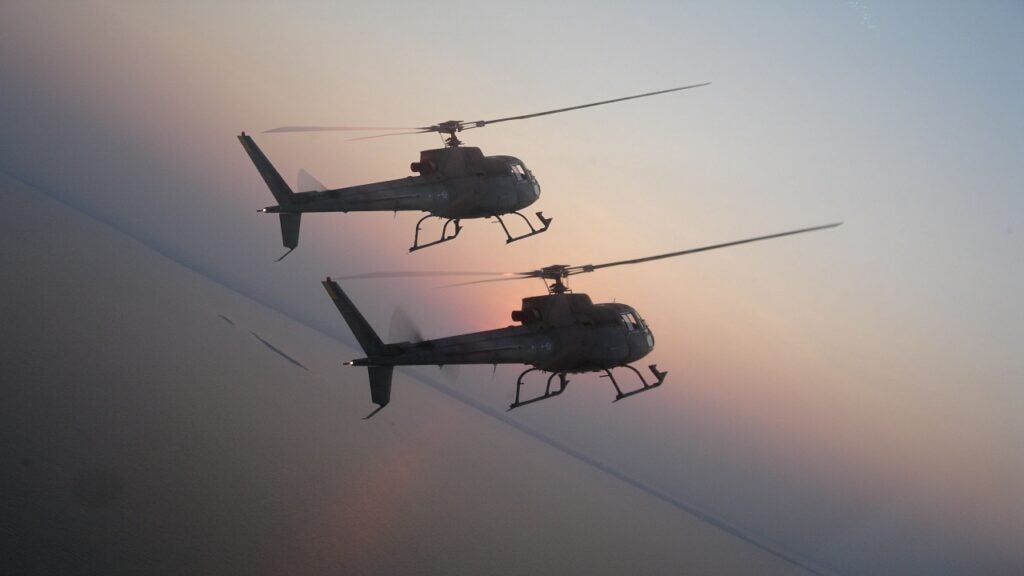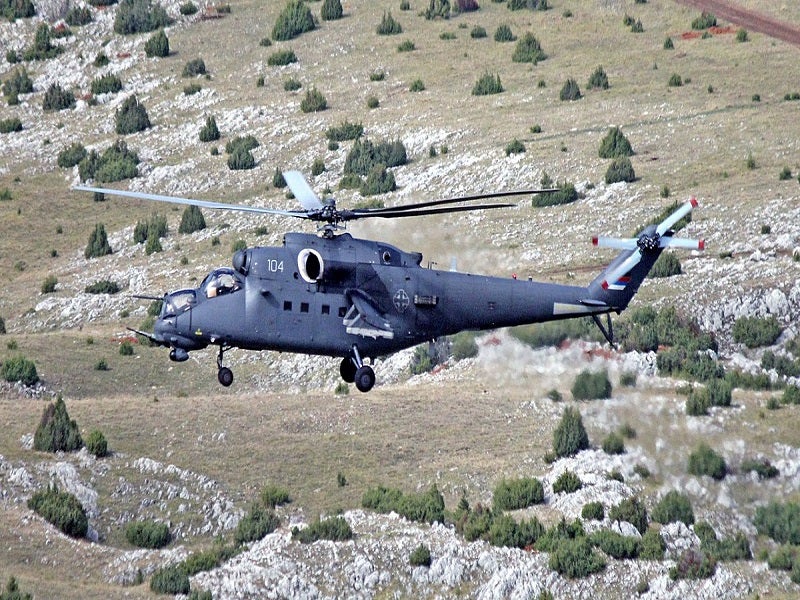
The FA-50 is a light combat aircraft manufactured by Korea Aerospace Industries (KAI) for the Republic of Korea Air Force (ROKAF). It is a light combat version of KAI T-50 Golden Eagle supersonic advanced jet trainer and light attack aircraft.
Development of the FA-50 combat aircraft began in October 1997. Six prototypes were built during the development phase that concluded in January 2006.
The FA-50 was awarded military type certificate by the Korean Military Aircraft Airworthiness Committee (MAAC) in October 2012. It is the first fighter-class military aircraft to receive the MAAC certification.
The indigenously developed KAI FA-50 light attack aircraft replaced the ROKAF’s ageing fighter fleet of F-5E/F and A-37 aircraft. The FA-50 also strengthens the defence capability of the ROKAF.
Lockheed Martin’s Sniper advanced targeting pod (ATP) will be integrated onto the FA-50 platform by August 2020. The Sniper pod is anticipated to obtain certification by the end of 2020.
Orders and deliveries of FA-50
Korea Aerospace Industries was awarded a $600m contract by the Defence Acquisition Programme Administration (DAPA) in December 2011 for the production and supply of 20 KAI FA-50 aircraft to the ROKAF by 2014.
DAPA placed a KRW1.1tn ($1bn) follow-on serial production contract with KAI for the FA-50 aircraft in May 2013. The deliveries of the aircraft began in 2013.
Features of the light combat aircraft
The FA-50, which is based on the T-50 supersonic advanced trainer platform, is offered as an affordable and efficient supersonic advanced light attack platform.
The combat aircraft is intended to meet the light fighter requirements of air forces around the world. The advanced radar provides the FA-50 jet with detection capability, which is similar to that of the KF-16 fighter.
The FA-50 measures 13.14m in length, 9.45m in width, and 4.82m in height. The empty weight of the aircraft is 6.47t. It can take-off with a maximum gross weight of 12.3t.
FA-50 light combat aircraft cockpit and avionics
KAI FA-50’s tandem glass cockpit can carry two crew members. It is equipped with a wide field of view head-up display (HUD), colour multifunction displays (MFDs), digital engine instrumentation, Hands On Throttle-And-Stick (HOTAS), integrated up-front controls, and zero-zero ejection seat.
The flight control systems include digital fly-by-wire, active stick, electrical emergency power unit, digital break-by-wire and triple redundant electrical system.
The cockpit also integrates an On-Board Oxygen Generation Systems (OBOGS). The Night Vision Imaging System (NVIS) aboard the aircraft ensures mission capability during day and night.
The avionics package consists of embedded Inertial Navigation System/Global Positioning System (INS/GPS), integrated mission computer, identification, friend or foe (IFF), radar altimeter, multimode radar, store management system, UHF/VHF radio, tactical data link, data transfer and recording system, Radar Warning Receiver (RWR) and Counter Measure Dispensing System (CMDS).
Weapon systems on the South Korean aircraft
FA-50 aircraft can carry a weapons load of up to 4.5t. The aircraft can be armed with AIM-9 Sidewinder short-range air-to-air missiles, AGM-65 Maverick air-to-ground tactical missiles (AGM), GBU-38/B Joint Direct Attack Munitions (JDAM), CBU-105 Sensor Fused Weapon (SFW), Mk-82 Low Drag General Purpose (LDGP) bombs and Cluster Bomb Units (CBUs).
The aircraft is also mounted with an internal, three-barrel 20mm Gatling gun and LAU-3/A 19-tube 2.75″ rocket launcher for firing Folding-Fin Aerial Rockets (FFAR). The wide range of weapon systems aboard the FA-50 jet allows it to counter multiple threats in today’s complex battlefield scenario.
FA-50 aircraft engines and performance
The power-plant of the KAI FA-50 aircraft integrates a General Electric F404-GE-102 turbofan engine developing 17,700lbf of thrust with afterburner. The engine’s performance is controlled by dual-channel full authority digital engine control (FADEC) system.
The fuel is supplied from the internal fuel tanks. The aircraft can carry 568L of additional fuel in its external fuel tank. The power plant provides a maximum speed of 1,837.5km/h (Mach 1.5).



